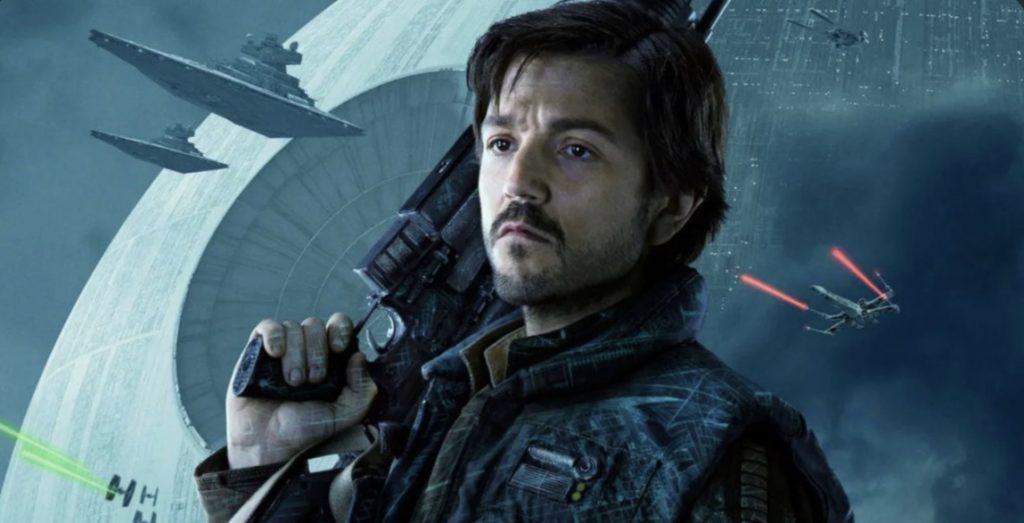Star Wars: The Original Trilogy is altered, becoming darker and better due to the Death Star’s disclosure in the post-credits sequence of Andor season 1. What Cassian Andor, Kino Loy, and the other prisoners in the Imperial jail were developing was one of the biggest mysteries throughout Andor season 1. Despite Cassian’s escape and his absence from prison for two additional episodes, the season’s final scenes supported theories that they were producing components for the Death Star.
The reveal of the Death Star in the Andor season 1 post-credits scene is a significant twist, although it has little bearing on Cassian’s narrative in Andor season 2. After the events of Rogue One: A Star Wars Story, his journey will finally lead him to the Death Star. Rather, it generally affects Star Wars, particularly the Original Trilogy and A New Hope. Knowing more about the Death Star’s construction and the methods people used to produce it makes it even more terrifying and adds a new human cost to the battle station, which was already a symbol of the Empire’s power.
The Prisoners Complete Andor’s Empire Change by Building The Death Star
Knowing how much torture the captives endured and the horrific things the Empire will do, the revelation that they were working on the Death Star is devastating and sinister. Although it may be a post-credits stinger, this twist doesn’t stand alone because it perfectly complements Andor’s depiction of the Empire. Andor delves deeply into how unpleasant and downright dangerous life is under Imperial authority, more so than any Star Wars medium before it. It demonstrates the range of tactics they employed to keep people under control, from setting up a physical presence on the ground to enacting arbitrary laws and sentences.
By delving into the daily operations of the Empire, Andor shows how oppressive and suffocating life can be for those who are under its control. Its entire concern is maintaining and growing its power, with no consideration for its citizens. Andor is the ideal place to see the devastating loss of freedom, whether that freedom was lost figuratively or not. Thematically, that portion of the plot is concluded by having Andor’s prisoners construct the Death Star, the Empire’s greatest display of power, while also resolving a season one mystery.
The Original Star Wars Trilogy is improved by the revelation of Andor’s Death Star
The Death Star’s revelation in Andor fits with the film’s own plot and ideas, but it also reframes and expands the Original Trilogy of Star Wars films. Much while The Empire was already a highly accurate portrayal of a fascist state, today’s knowledge of how regimes function makes them even more dreadful. For example, the destruction of Alderaan by the Death Star is made more unsettling by the knowledge that the battle station was constructed by captives under duress who were unaware of what was happening. But at the same time, it also makes the Rebel Alliance’s triumphs that sweeter, particularly the obliteration of the Death Stars in A New Hope and Return of the Jedi.
Along with emphasizing the Empire, Andor has demonstrated how many rebel forces came together. It has accurately demonstrated the genuine human cost of battling the Empire, including not just the lives lost but also what individuals had to sacrifice internally to engage in the conflict, giving up their own goals and dreams to secure the future for others. The only reason the Death Star can be destroyed is as a result of inmates like Cassian and Kino Loy. They may have unintentionally created the Death Star but actively participated in its destruction and the Empire’s downfall. Yes, Andor makes the Original Trilogy of Star Wars darker, but it also makes it far more enjoyable to watch.
